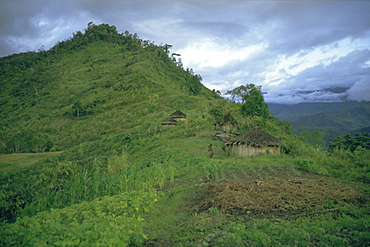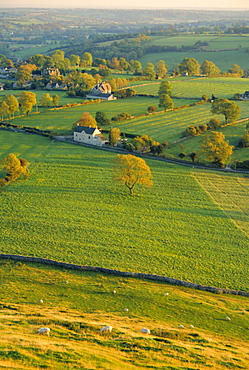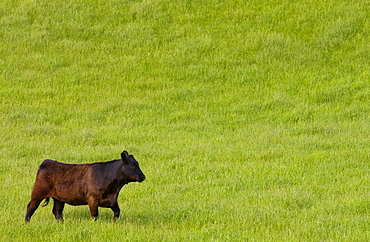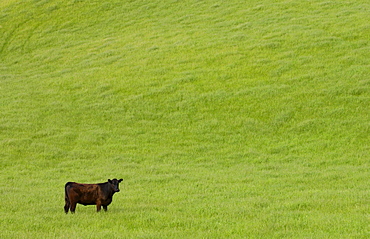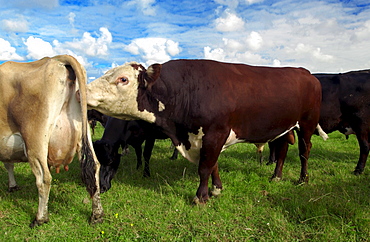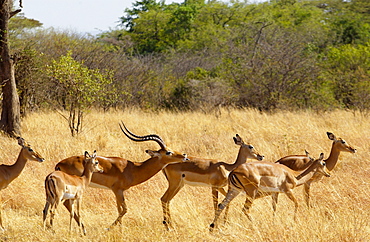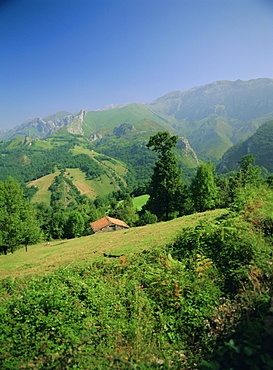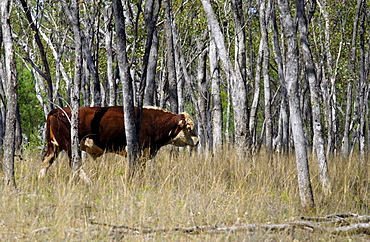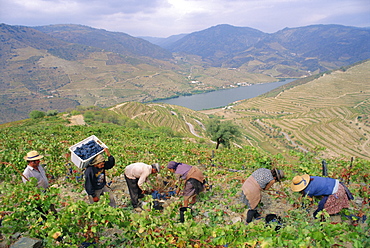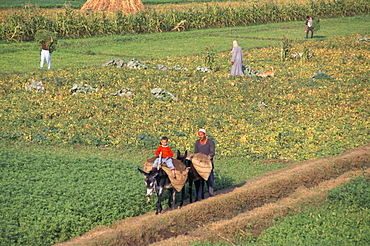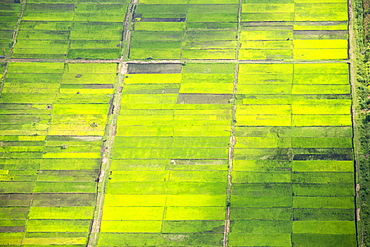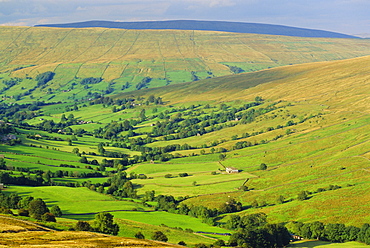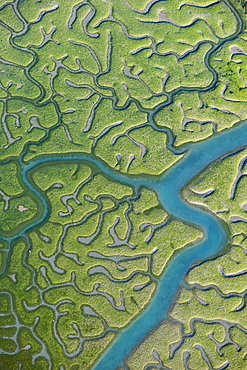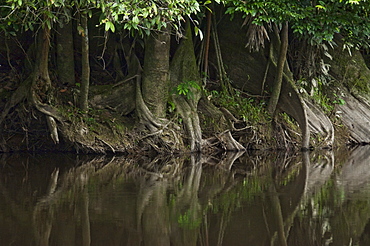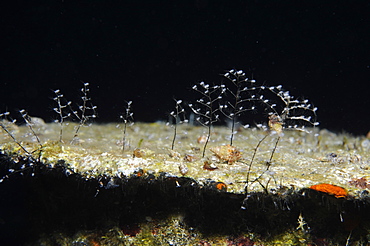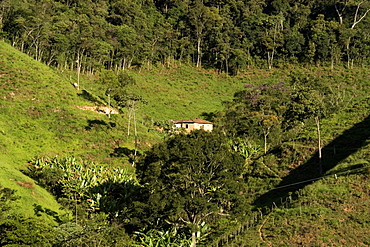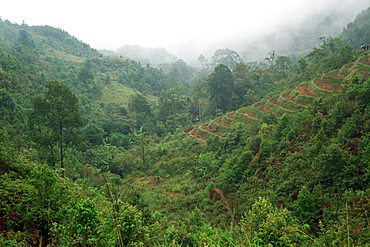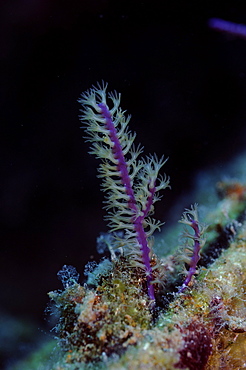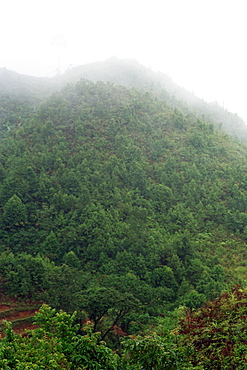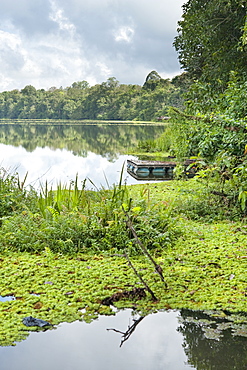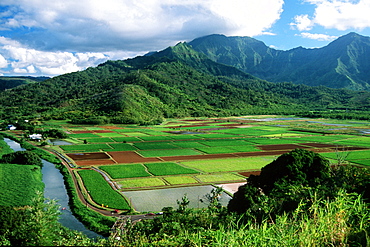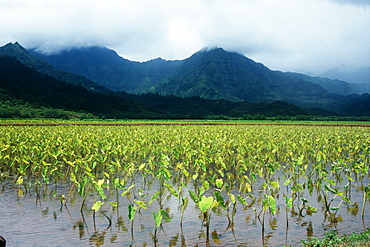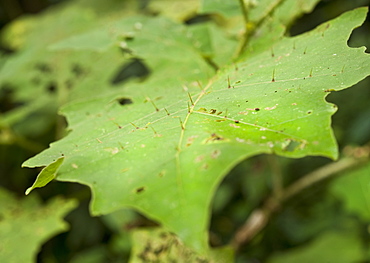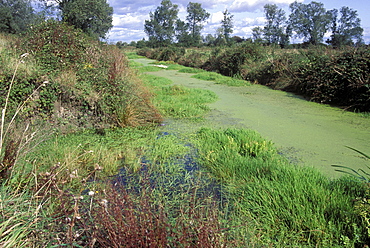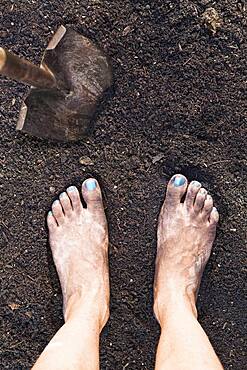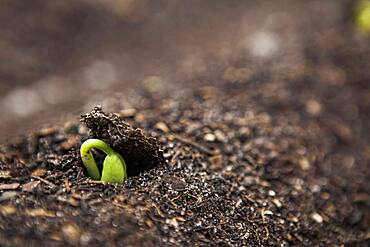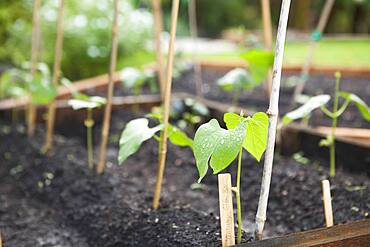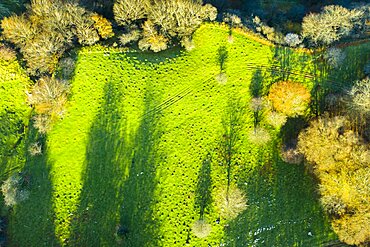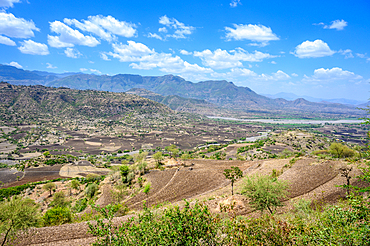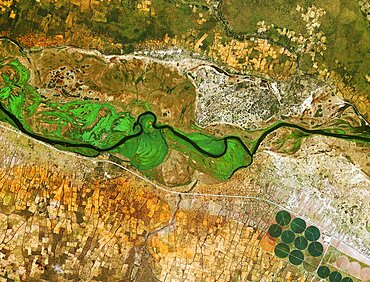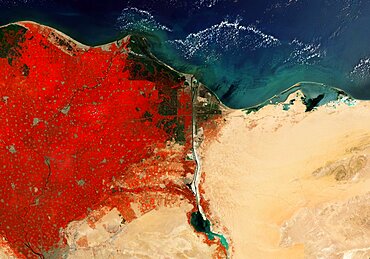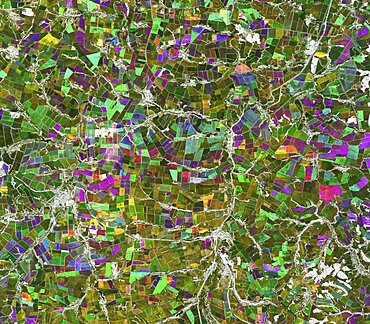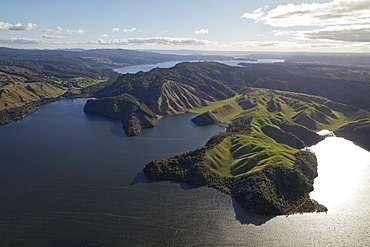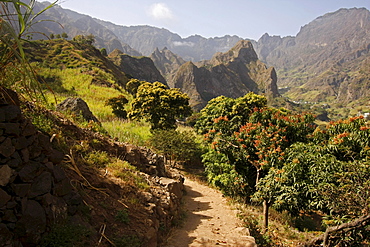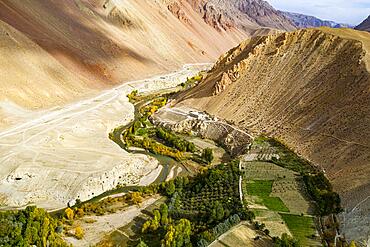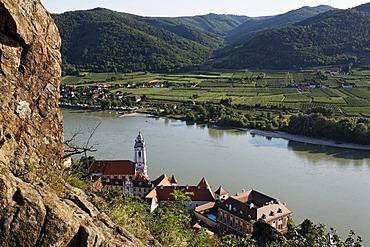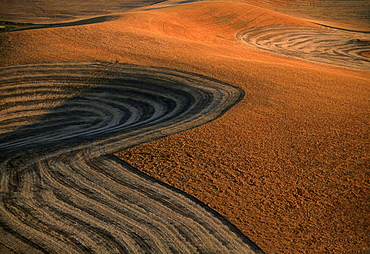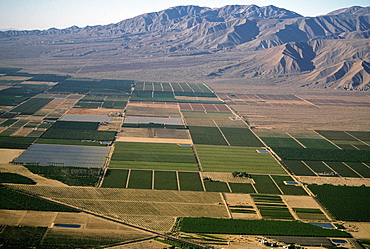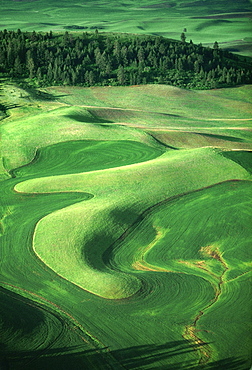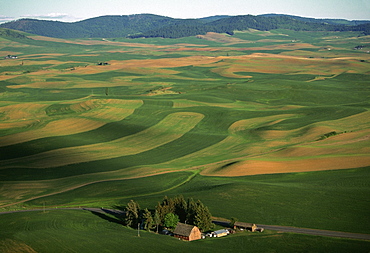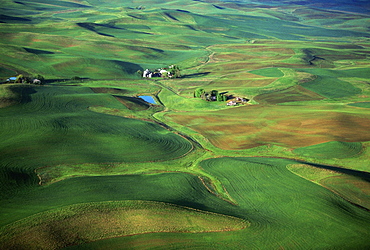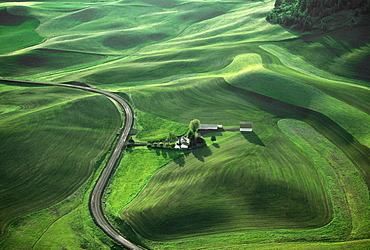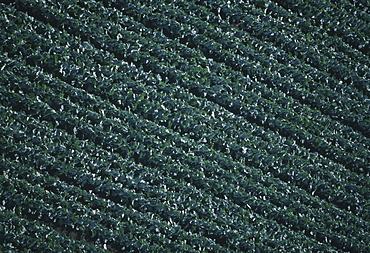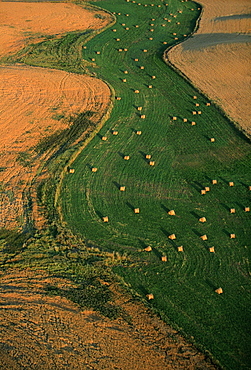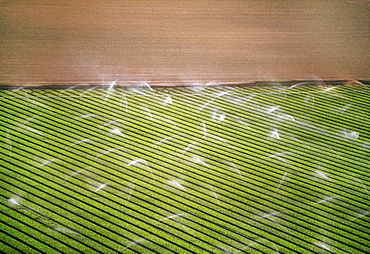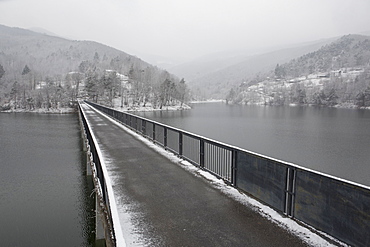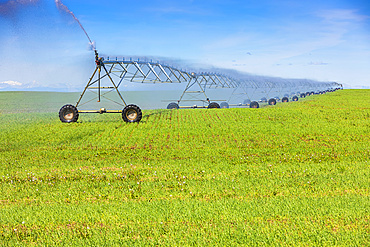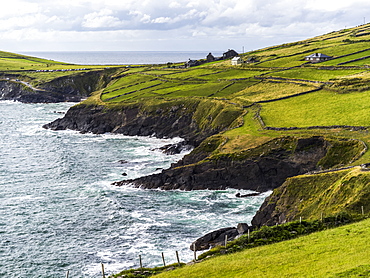Results
« Previous 1 2 3
213 results found

Fields and date palms in the fertile valley of Wadi Doan, with arid escarpment behind, in the Wadi Hadramaut, south Yemen, Middle East
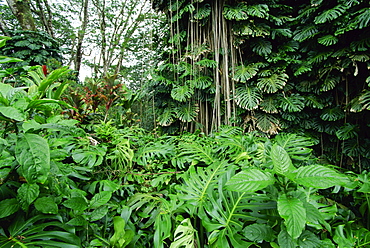
Lush vegetation at Akaka Falls, the warmth, high rainfall and fertile volcanic soils of the east coast create rich forests, Big Island, Hawaii, United States of America, Pacific, North America

Fertile plain with little farm and typical haystack hills, Vinales, UNESCO World Heritage Site, Pinar del Rio province, Cuba, West Indies, Central America
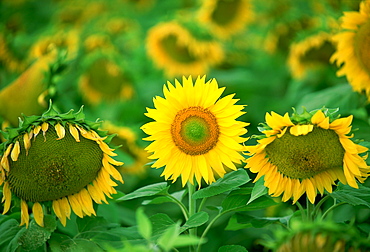
Standing out from the crowd - a healthy sunflower holds its head up proudly while others around it wilt and fade, Loire Valley, France

Lush forest growing on the fertile volcanic slopes of Genung Ijen Plateau in East Java, Java, Indonesia, Southeast Asia, Asia

Vegetation gowing well in the fertile soil of the volcanic caldera, Fogo (Fire), Cape Verde Islands, Africa

A farmstead on the zomba plateau which has been heavily deforested to provide a rapidly increasing population with land.
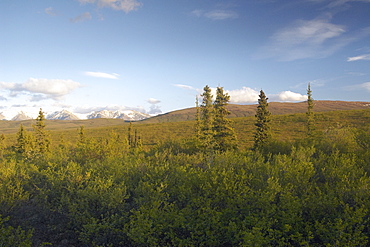
The furthest a car can go on the stampede trail, overlooking the topography of hills and distant snow-capped mountains at sunset. Blue sky deceives the late evening with almost continuous daylight in Alaska during the summer. . The Interior, Alaska, USA
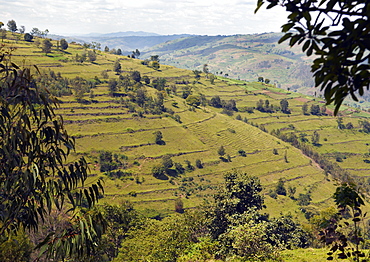
Known as the land of 1000 hills, Rwanda's countryside is reminiscent of a patchwork quilt of small manageable fields growing a variety of crops and agricultural terraces to utilise the land space available. Gitarama, Rwanda, East Africa

1000s of white dolls hung grotesquely on a canon ball tree for fertility, in the Janardhana swamy Hindu temple in Varkala,Kerala, India. more info: We need to question our need to reproduce more and more of us. As over population is the root of most of our problems.
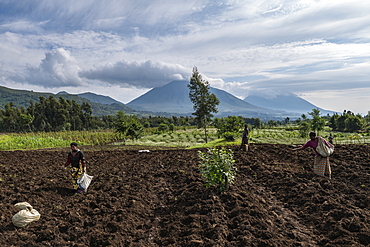
Women harvest potatoes from fertile fields, Volcanoes National Park, Northern Province, Rwanda, Africa

Aerial view of Windsborn crater lake, rural district of Daun, Eifel, Rhineland Palatinate, Gemany, Europe
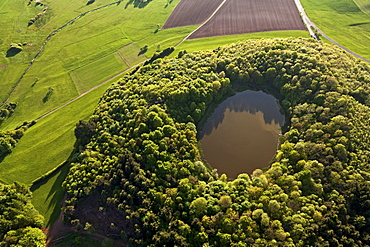
Aerial view of Windsborn crater lake, rural district of Daun, Eifel, Rhineland Palatinate, Gemany, Europe
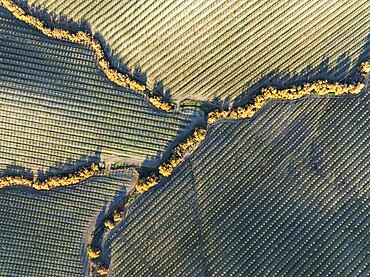
Cultivated almond trees (Prunus dulcis) and streams with riverine vegetation in the Campiña Cordobesa, the fertile rural area south of the town of Córdoba. Aerial view. Drone shot. Córdoba province, Andalusia, Spain, Europe

Guallatiri Volcano, course of a river, fertile valley, village of Guallatiri, Reserva Nacional de las Vicunas, Lauca National Park, Altiplano, Norte Grande, Northern Chile, Chile, South America
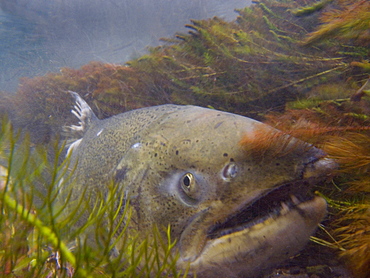
November 7, 2008 Mt Shasta CA A spawned-out Chinook salmon watches over her redd in the Shasta River where it runs through Big Springs Ranch about 2 miles north of the town of Mt Shasta. The ranch, which is contributing to degraded habitat conditions, which actually warm water tempt by upwards of 10 degrees as the river passes through the ranch and then spills into the Klameth, is currently under contract for purchase by TNC, therefor TNC and partner organizations have been allowed to research this stretch of river for the first time. They have discovered that is it a very fertile juvenile rearing area and that there are a surprising number of returning salmon in spite of habitat degraded by grazing cattle (often in the river) and irrigation practices. If this purchase is successful, TNC has the chance to improve a large stretch of habitat and quickly improve conditions that will effect numbers of returning fish and habitat in the Shasta and Klameth Rivers. In California, The Nature Conservancy is focusing its efforts on protecting the Shasta River and its tributaries, which create one of the most important spawning nurseries for Chinook salmon in the entire Klamath Basin, United States of America

Mt Shasta CA, Big Spring Ranch Bill Chesney from the CA Dept of Fish & Game counting redds in a stretch of river that is heavily grazed by cattle who have full access to the river and often drink and eat in it. Mt Shasta in the background. The Shasta River runs through Big Springs Ranch about 20 miles north of the town of Mt Shasta. The ranch, which is contributing to degraded habitat conditions, and actually warming water temps by upwards of 10 degrees as the river passes through the ranch and then spills into the Klameth, is currently under contract for purchase by TNC. Since the contract began, TNC and partner organizations have been allowed to research this stretch of river for the first time. They have discovered that is it a very fertile juvenile rearing area and that there are a surprising number of returning salmon in spite of habitat degradation by grazing cattle (often in the river) and irrigation practices. If this purchase is successful, TNC has the chance to improve a large stretch of habitat and quickly improve conditions that will effect numbers of returning fish and habitat in the Shasta and Klameth Rivers. The Shasta River and its tributaries create one of the most important spawning nurseries for Chinook salmon in the entire Klamath Basin, United States of America
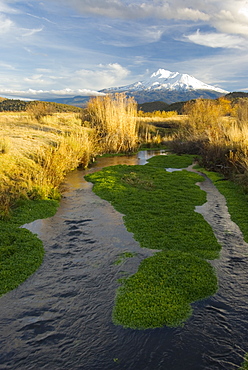
November 12, 2008 Mt Shasta CA, Big Springs ranch The Shasta River as it runs through Big Springs Ranch about 20 miles north of the town of Mt Shasta. The Shasta River and its tributaries create one of the most important spawning nurseries for Chinook salmon in the entire Klamath Basin. The ranch is contributing to degraded habitat conditions, which actually warm water temps by upwards of 10 degrees as the river passes through the ranch and then spills into the Klameth River.This stretch of river is a very fertile juvenile salmon rearing area and that there are a surprising number of returning salmon in spite of habitat degraded by grazing cattle and bad irrigation practices, United States of America
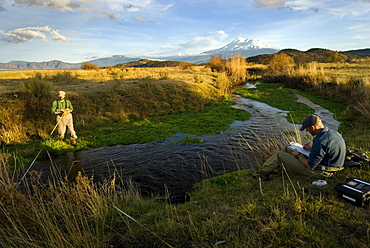
November 12, 2008 Mt Shasta CA, Big Springs ranch Carson Jeffres (rt) Staff Research Associate for UC Davis Center for watershed Sciences, and Andrew Nichols, Jr Specialist (UC Davis Center for watershed Sciences,) conducting research in the Shasta River where it runs through Big Springs Ranch about 20 miles north of the town of Mt Shasta. The ranch, which is contributing to degraded habitat conditions that warm water temps by upwards of 10 degrees as the river passes through the ranch and then spills into the Klameth, is currently under contract for purchase by TNC, therefor TNC and partner organizations have been allowed to research this stretch of river for the first time. They have discovered that is it a very fertile juvenile rearing area and that there are a surprising number of returning salmon in spite of habitat degrated by grazing cattle (often in the river) and irrigation practices. If this purchase is sucessful, TNC has the chance to improve a large stretch of habitiat and qucikly improve conditions that will effect numbers of returning fish and habitiat in the Shasta and Klameth Rivers. The Shasta River and its tributaries create one of the most important spawning nurseries for Chinook salmon in the entire Klamath Basin, United States of America
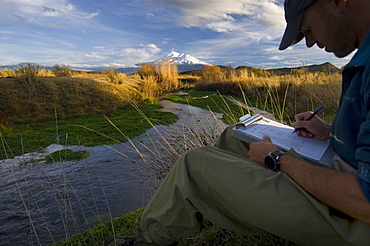
November 12, 2008 Mt Shasta and the Shasta River, Big Springs ranch, CA Carson Jeffres Staff Research Associate for UC Davis Center for watershed Sciences, conducting research in the Shasta River where it runs through Big Springs Ranch about 20 miles north of the town of Mt Shasta. The Shasta River and its tributaries create one of the most important spawning nurseries for Chinook salmon in the entire Klamath Basin. The ranch is contributing to degraded habitat conditions, which actually warm water temps by upwards of 10 degrees as the river passes through the ranch and then spills into the Klameth River.This stretch of river is a very fertile juvenile salmon rearing area and that there are a surprising number of returning salmon in spite of habitat degraded by grazing cattle and bad irrigation practices, United States of America
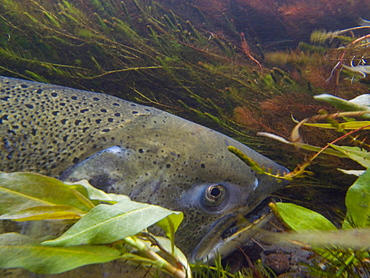
November 7, 2008 Mt Shasta CA A spawned-out Chinook salmon watches over her redd in the Shasta River where it runs through Big Springs Ranch about 2 miles north of the town of Mt Shasta. The ranch, which is contributing to degraded habitat conditions, which actually warm water tempt by upwards of 10 degrees as the river passes through the ranch and then spills into the Klameth, is currently under contract for purchase by TNC, therefor TNC and partner organizations have been allowed to research this stretch of river for the first time. They have discovered that is it a very fertile juvenile rearing area and that there are a surprising number of returning salmon in spite of habitat degraded by grazing cattle (often in the river) and irrigation practices. If this purchase is successful, TNC has the chance to improve a large stretch of habitat and quickly improve conditions that will effect numbers of returning fish and habitat in the Shasta and Klameth Rivers. In California, The Nature Conservancy is focusing its efforts on protecting the Shasta River and its tributaries, which create one of the most important spawning nurseries for Chinook salmon in the entire Klamath Basin, United States of America

Front view of people walking the wet city streets in Lucca, a city and commune in Tuscany, Central Italy, on the Serchio, a fertile plain near the Tyrrhenian Sea. It is the capital of the Province of Lucca. It is famous for its intact Renaissance-era city walls.

People walking the wet city streets in Lucca, a city and commune in Tuscany, Central Italy, on the Serchio, a fertile plain near the Tyrrhenian Sea. It is the capital of the Province of Lucca. It is famous for its intact Renaissance-era city walls.
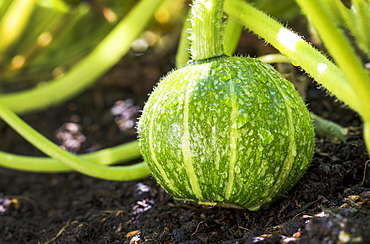
Close-up of a round green squash on the vine in the garden with water droplets, Calgary, Alberta, Canada

Rows of young soybean plants in a rolling field glowing with the light of early morning sun, Vineland, Ontario, Canada
